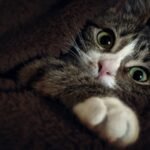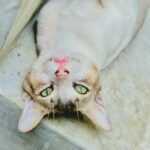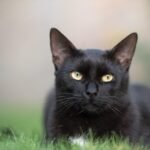Domestic cats are beloved for their unique personalities and captivating appearance. While most people are familiar with common patterns like tabby and solid colors, certain rare coat patterns provide a glimpse into the intricate genetics at play. Let’s explore twelve of these rare and intriguing coat patterns found in domestic cats.
The Science Behind Coat Patterns
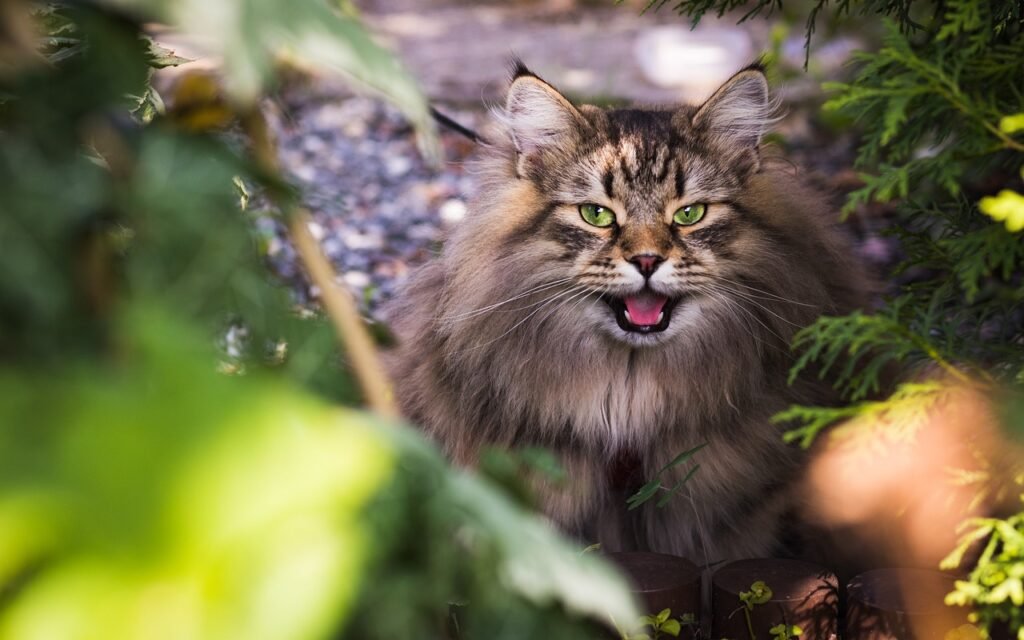
Before delving into specific patterns, it’s essential to understand how these patterns form. Cat coat patterns are primarily determined by genetics, influenced by various genes that control color, distribution, and expression. The primary genes include the Agouti gene, responsible for banding on individual hairs, and the Spotting gene, which affects white spotting. Mutations and combinations of these genes yield a kaleidoscope of possible outcomes, including some rare patterns.
Chimerism: A Dual-Toned Rarity
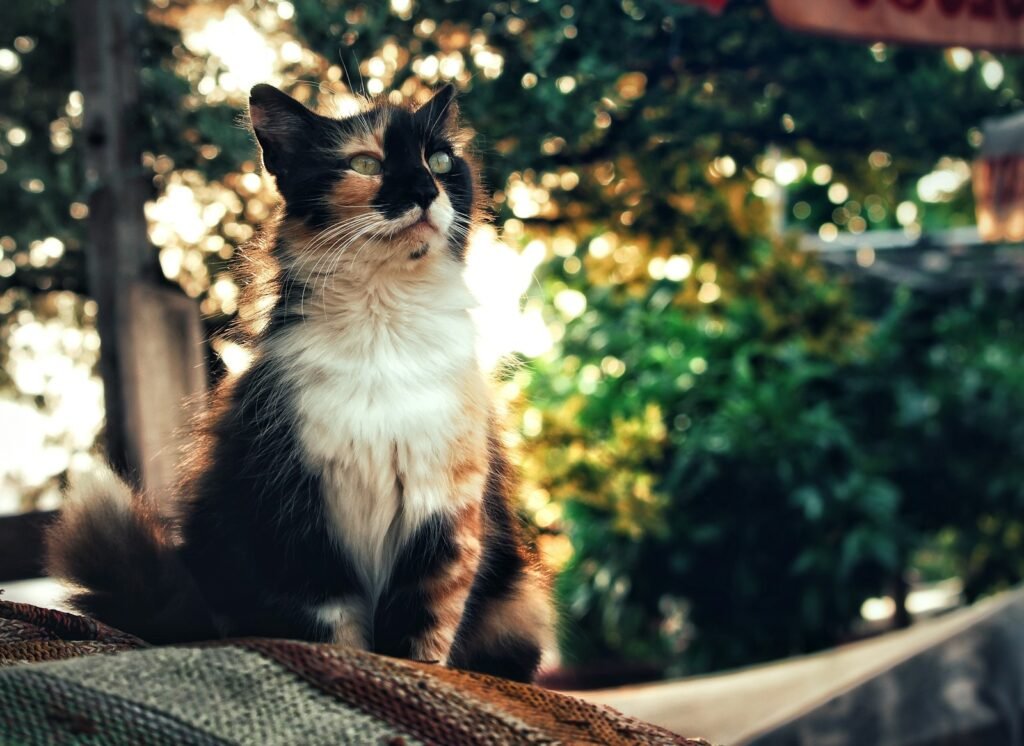
Chimerism in cats results from the fusion of two genetically distinct embryos, leading to a unique dual-toned appearance. Chimeric cats often display starkly contrasting colors side by side, sometimes split symmetrically down the body or face. This miracle of nature is rare and visually striking, offering a 50/50 blend of two distinct coat colors.
Rex Patterns: The Curly or Wave Coat
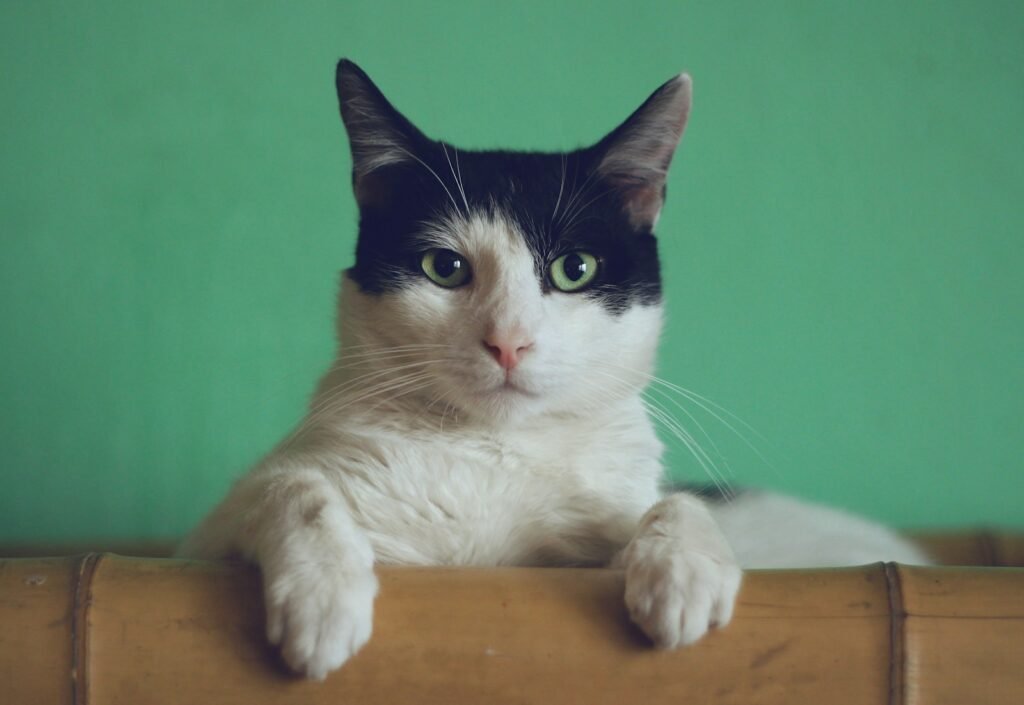
Rex patterns are the result of mutations affecting the structure of hair shafts, creating curly or wavy fur. While Devon Rex and Cornish Rex are specific breeds known for this feature, the pattern itself is rare and can occur in various coat types. This texture difference gives Rex-patterned cats a distinctly soft feel and an unusual appearance that stands out amongst other coat types.
Lykoi: The Werewolf Look

The Lykoi cat, often called the “werewolf cat,” presents a rare pattern due to its partial hairlessness. Patchy fur and sparse hair growth give the Lykoi a distinctive wild appearance. The pattern is a natural mutation expressing itself without human intervention, displaying a captivating blend of domestic and feral aesthetics.
Smoke: An Ethereal Sheen
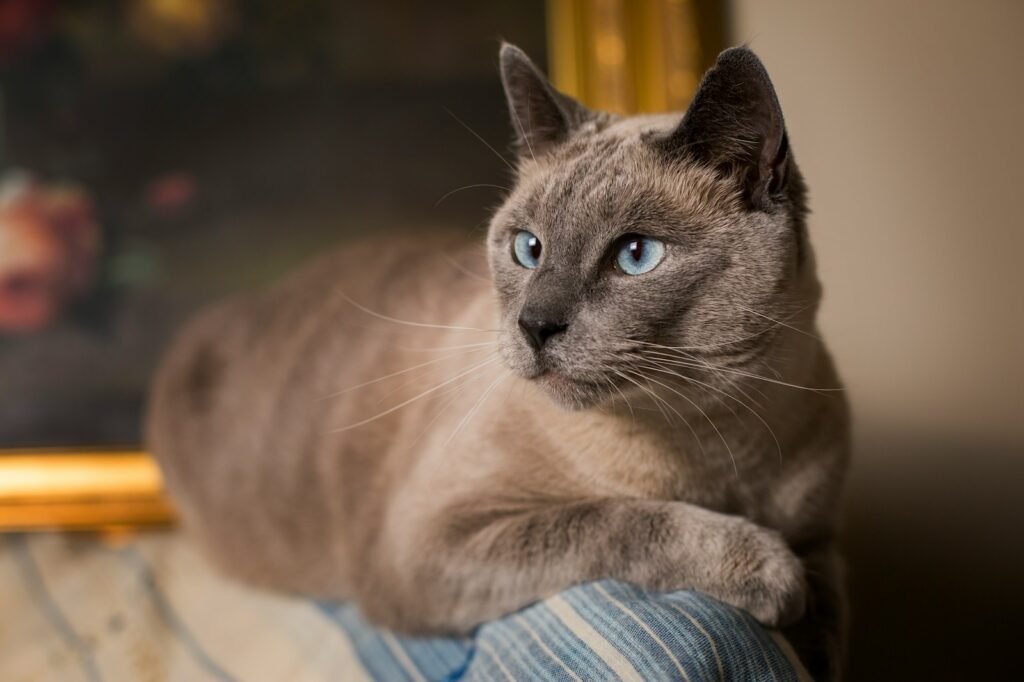
Smoke pattern cats possess an ethereal look, characterized by solid-colored fur with contrasting silver at the tips. The base of each hair is lighter, creating a stunning effect as the cat moves. This pattern is a result of the non-agouti gene, combined with a diluted pigment gene, giving these felines an almost mystical presence.
Colorpoint: A Heat-Sensitive Twist
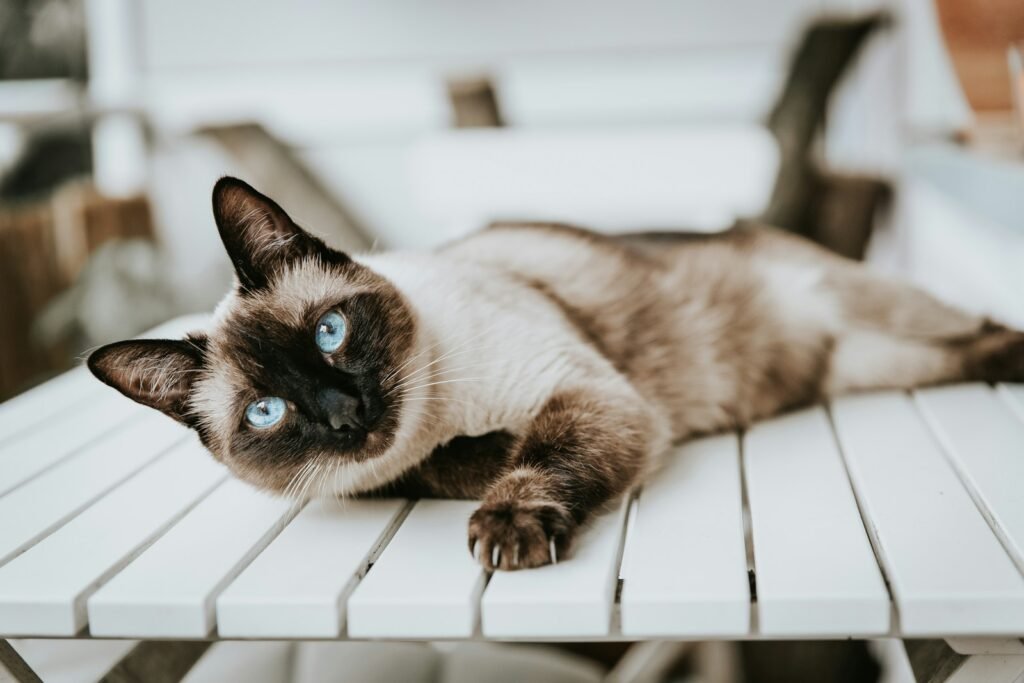
Colorpoint patterns, famously exhibited by Siamese cats, result from a gene mutation that is temperature-sensitive. Cats with this pattern have darker fur on cooler areas of the body, such as the ears, nose, paws, and tail. The colorpoint pattern is a beautiful example of genetic adaptability based on environmental factors.
Van Pattern: Boldly Minimalist
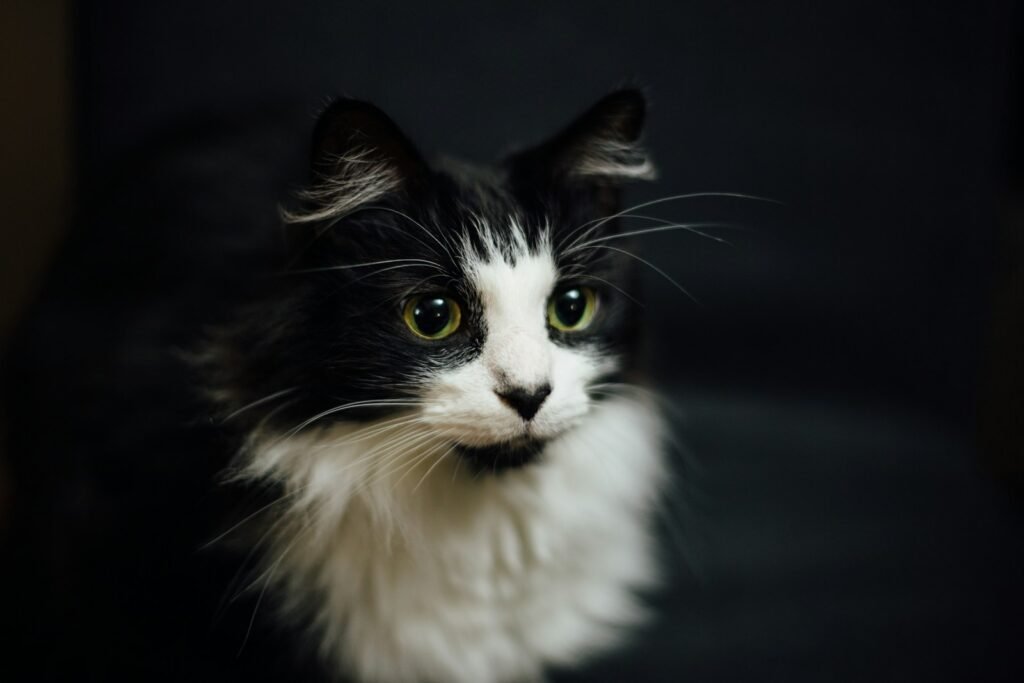
The Van pattern, named after Turkey’s Lake Van region, is rare and strikingly bold. Cats with this pattern have a primarily white coat with color limited to the head and tail. It’s an uncommon distribution of the piebald gene, resulting in a minimalist yet captivating design.
Calico and Tortoiseshell: Mosaic Beauties

While calico and tortoiseshell patterns are relatively known, their genetic complexity is fascinating and contributes to their rarity in males. These patterns arise from the presence of two colors, orange and black, or their diluted versions due to the interaction of the O (orange) gene. The stochastic nature of the X chromosome inactivation leads to their mosaic appearance.
Rosetted and Spotted: The Wildcat Mimicry
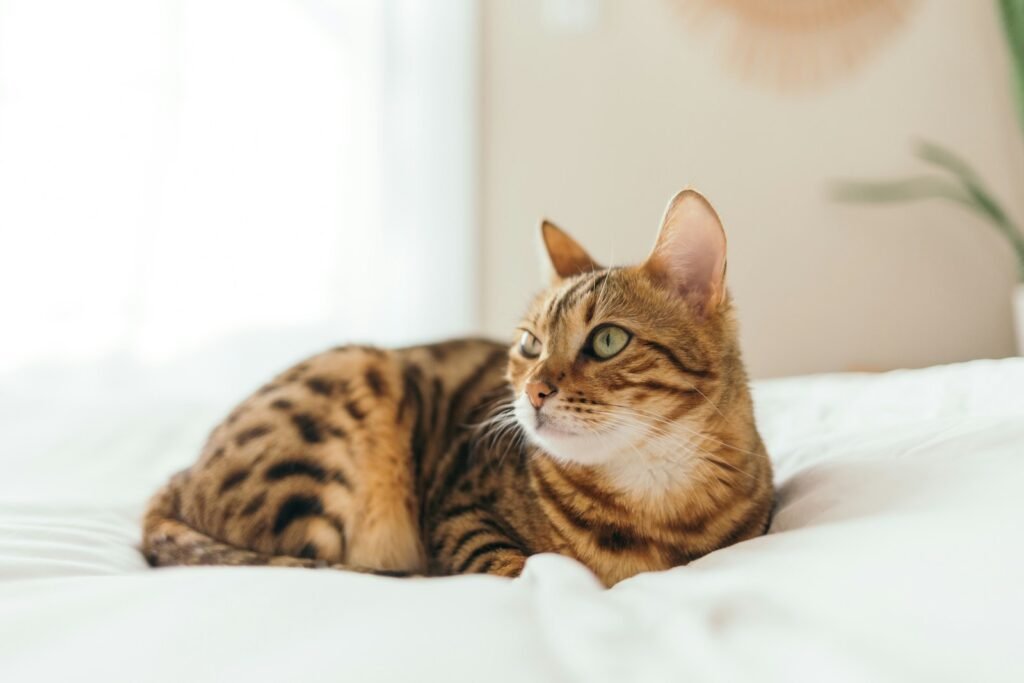
Rosetted and spotted patterns, reminiscent of wild cats like leopards and ocelots, are rare in domestic breeds. These patterns arise from specific gene combinations, enhancing their exotic appeal. Breeds like the Bengal cat display these markings, often captivating those drawn to the wild allure of felines.
Ticked Tabby: Subtle yet Sophisticated
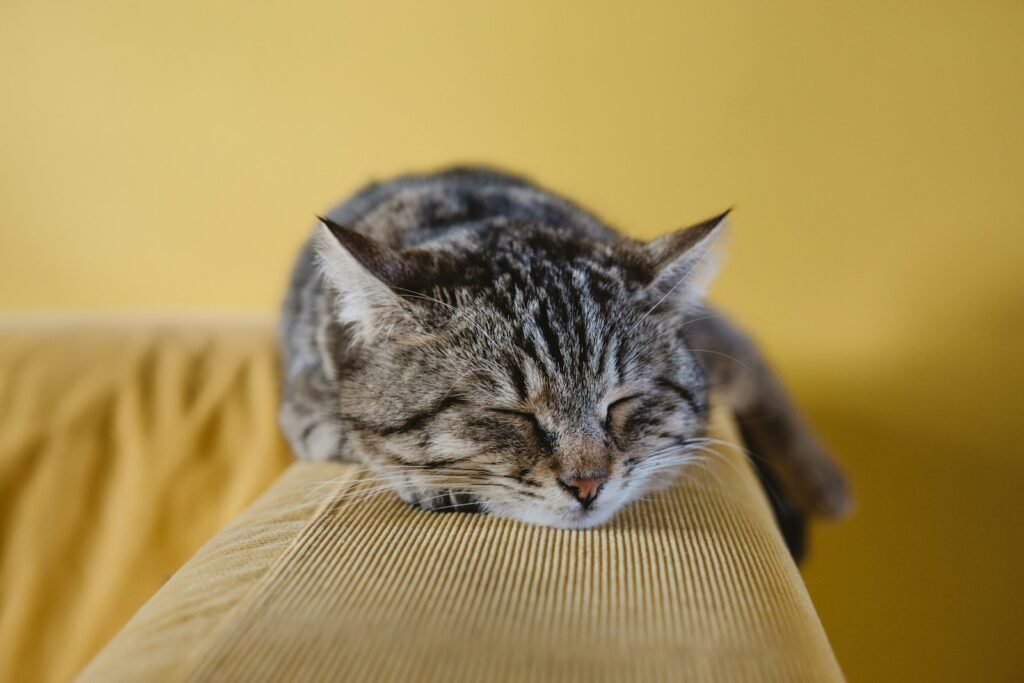
The ticked tabby pattern is a subtler form of the traditional tabby, marked by an absence of stripes or spots. Instead, each hair has multiple bands of color, creating a salt-and-pepper appearance that changes in different lighting. The Abyssinian cat often showcases this refined pattern, offering a sophisticated alternative to more pronounced tabbies.
Harlequin: A Unique Patchwork
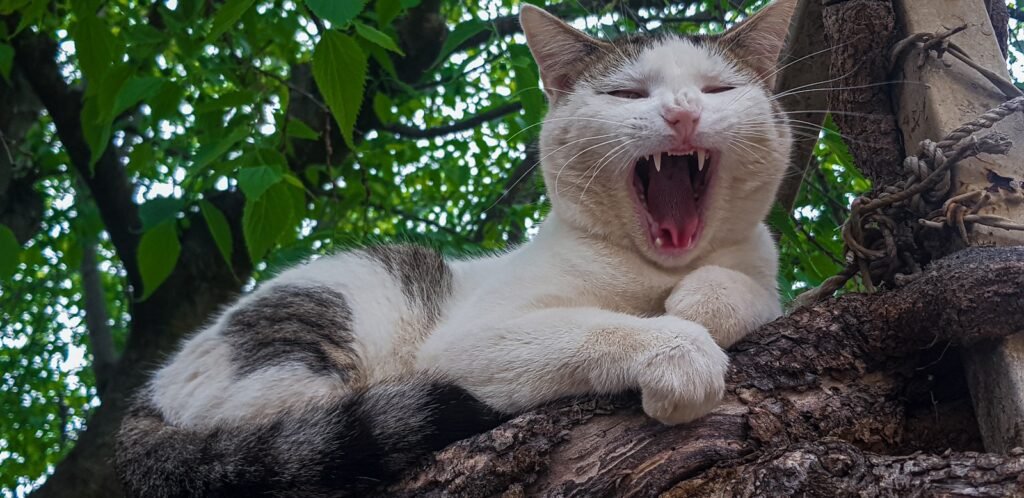
The Harlequin pattern is distinguished by large areas of white combined with random patches of color. This bold look results from a high degree of piebald spotting gene influence, creating a patchwork quilt effect across the cat’s body. The Harlequin pattern is as unpredictable as it is beautiful, adding an element of surprise to feline appearances.
The Ever-Expanding Spectrum of Feline Beauty

While we’ve explored twelve rare coat patterns, it’s important to remember that the spectrum of feline beauty is ever-expanding. Genetic mutations, both natural and influenced through breeding, continue to produce fascinating new coat patterns. Each rare pattern not only adds to the visual diversity of domestic cats but also highlights the incredible complexity of genetic science that underlies these astonishing designs.

Growing up traveling and experiencing new cultures and wonders, I have had a passion for nature, adventuring, photography, and videography. I am currently working towards a BSc in Biodiversity and Ecology at Stellenbosch University, and I hope to specialise in Marine Sciences one day.
Please send any feedback to Feedback@animalsaroundtheglobe.com


